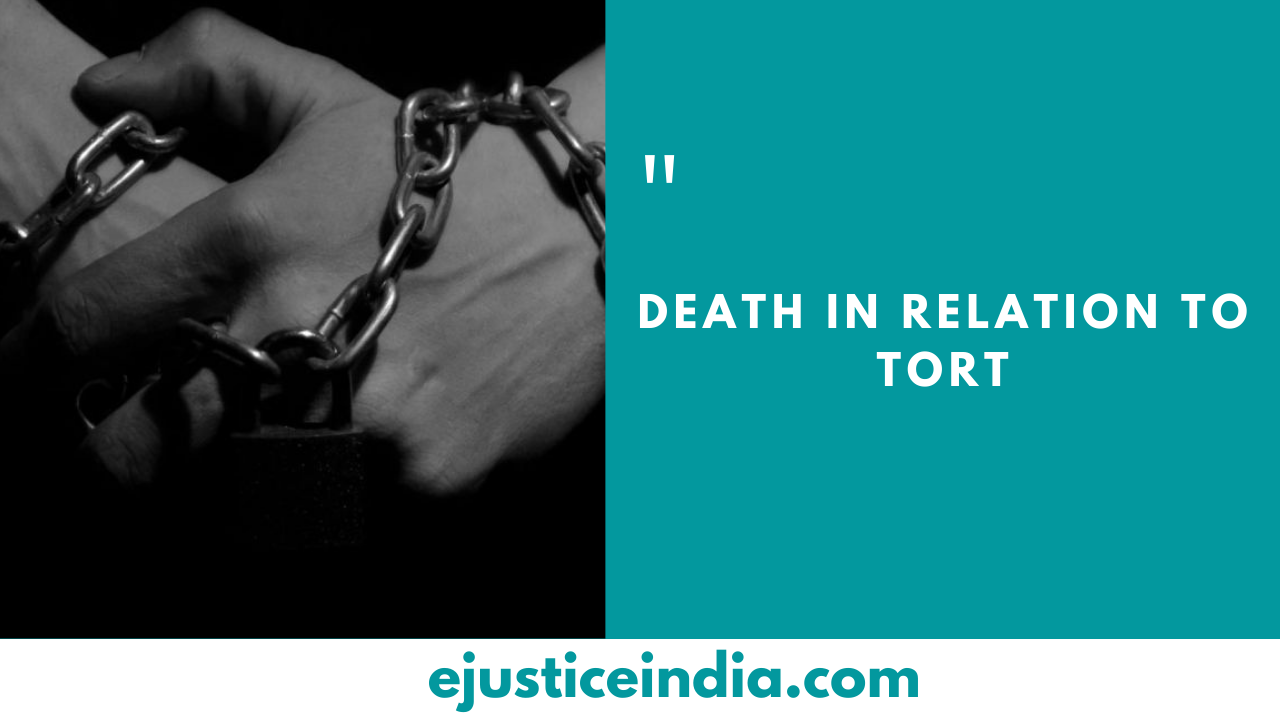Euthanasia- Right to Live v. Right to Die
Euthanasia- Right to Live v. Right to Die
Author : V. Krishna Laasya
Preface
Article 21 of the Indian Constitution grants Right to life and states that no person shall be deprived of the right to life. Thus, it is implied that the Right does not include the Right to die.
From the inception, the concept of right to die being legal has faced a lot of roadblocks, embodied by State of Maharashtra v. Maruty Sripat Dubal, where it was decided that Right to life includes Right to die and S. 309 of the Indian Penal Code, 1860 (attempt to suicide punishable) was declared unconstitutional. In Gian Kaur v. State of Punjab, where it was held that Right to life was not inclusive of Right to die.
Right to life is considered a natural right and no person has an underlying right to kill himself in an unnatural way.
Aruna Ramchandra Shanbaug v. Union of India proved to be a landmark case in this regard as the Supreme Court finally declared that passive euthanasia is legal in India.
The question involved here is to analyse whether Right to life involves Right to live with dignity. If so, then the option of passive euthanasia must not be the only technicality.
Other modes of active euthanasia must also be made legal in a reasonable and allowed to a considerable extent.
Introduction
The term Euthanasia, derived from the Greek term “eu” and “thanatos” refers to the intentional termination of life of a person at his/her explicit request.
It is considered when the person is incurable and as a way to stop the person’s suffering. It is generally in the form of passive or active. Passive euthanasia is when the medical treatment is withdrawn with the intention of causing the death of a medically ill patient.
Active euthanasia is when a person deliberately and with sound mind causes the death of the patient and is when the death is caused by a willful act.
Constitutional Provisions and Mechanisms to Deal with the same:
Right to life under A. 21 does not include right to die. However, when terminally ill patients like people suffering from cancer with only few days to love, Right to die with dignity must be made constitutional.
In case of euthanasia, it is considered that the doctor has an intention to kill the patient and this will fall under S. 300 of the Indian Penal Code. Exception 5 to the same can be invoked by pleading consent of the patient. However, only cases of voluntary euthanasia will fall within the ambit of the exception and it is very rare for a comatose patient to give voluntary consent.
Aruna Shanbaug v. UOI
This landmark judgement has opened the reality doors for revival and constitutionality of passive euthanasia.
A petition was filed before the Supreme Court seeking euthanasia for Aruna Shanbaug as she was in a vegetative state for 36 years. Expert medical advice was also taken to show that there was no possibility of further recovery. The Court appointed a team of eminent doctors to present a report on the medical condition of Aruna.
The issue in this regard was whether withdrawal of life support of a vegetative patient is legal? Reliance was placed on Airedale NHS Trust v. Bland, where right to die was permissible through withdrawal of life support systems.
The Court also analysed on the concept of Informed Consent where the patient is aware and can decide on the line of treatment.
However, in this case, Aruna could not consent and so, it was decided that the question of withdrawal must be decided on Beneficence, where the patient’s best interest must be taken into account to decide on the course of action.
Law Commission 196th Report
Recommendations of the Law Commission’s Report :
- Every competent patient who is able to comprehend the words spoken to him has the right to refuse medical treatment, if suffering from a terminal illness.
- The doctor should not withdraw treatment without following the norms and procedures laid down in this regard. The doctor must consult and get the opinion of the body of three medical practitioners who form a panel of high ranking authority.
- Patient who has agreed to withdraw support will be protected from drawing attention of S. 309 of the Indian Penal Code, 1860 (attempt to commit suicide is an offence).
- Doctors will be immune from any suits initiated against them.
- The Medical Council of India is responsible for the publication of guidelines in respect of withdrawal of treatment and must remain in charge of constant updation.
Conclusion
It is argued that the patient has the right to determine his/her right to privacy or right to die.
Interference can be drawn only when it affects the social force, which is not the case in many scenarios.
Another noteworthy point in this regard is the quantum of medical expenses that will be spent on the treatment of a terminally ill patient, thus bankrupting the families around the patient.
It is pertinent that the patient must be in the last stages of his life and there must be no clear chances of his survival.
The patient must be well informed of all recuperations and the choices in front of him so that he can make a well informed decision.
The patient’s life is vital and must not be wasted upon. However, it must be agreed that the patient has a right of his own and thus, must be allowed to take his life to lessen the sufferings of those around him and himself.



Like!! Thank you for publishing this awesome article.